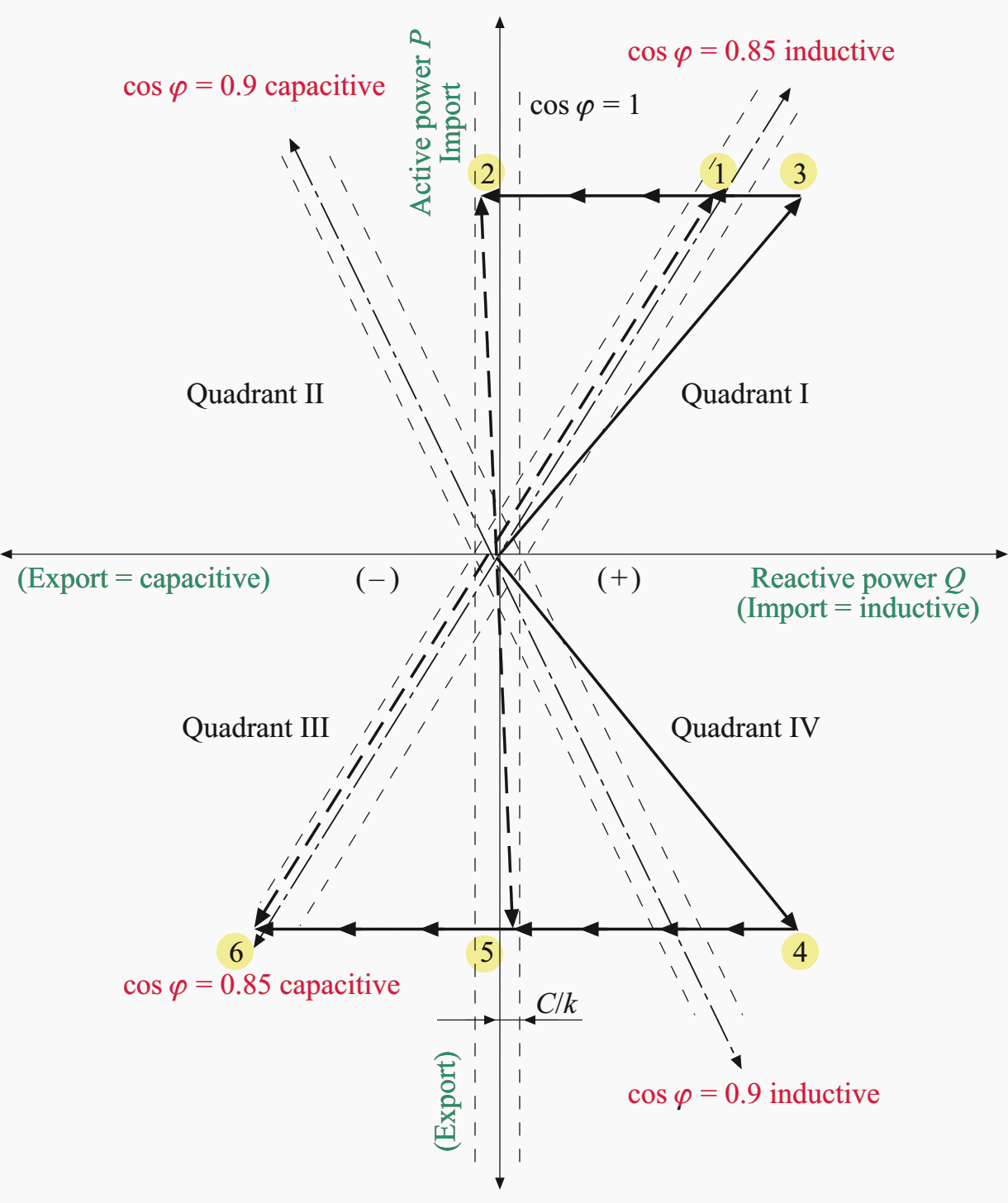In our NEW series, we’re unpacking net metering.
Part One outlines what net metering is, how it works and its benefits.
In Part Two, we discuss the device used in net metering... Watch this space to catch the full series!
The Device used in Net Metering
A four-quadrant meter is used to record energy consumption and send readings electronically to the supplier. It is used when there is an alternative source of electricity like solar, wind or biomass that is installed alongside the main grid supply.
How Does a Four Quadrant Meter Work?
Firstly, it is required to understand the different types of power and the direction it flows in. These are:
- Active Power (P):
It is measured in Watts (W). It is the actual power you may consume and is sometimes referred to as real power.
- Reactive Power (Q):
It is measured in Volt-Ampere reactive (VAR). This is power that is stored in components which are then released back again to the source through the AC cycle. Inductors are devices that do this.
- Apparent Power (S):
This type of power is expressed in Volt-Ampere (VA). It is obtained by multiplying the RMS voltage by the RMS current. Any power supply used must have the ability to output the apparent power that is delivered to the circuit and not just the active power.
The figure below indicates the 4 quadrants used in a net meter to measure the flow and direction of electricity. There are 4 different load situations that exist when renewable energy is generated.
Importing electricity refers to when electricity is delivered from the grid to the customer. This means that there is a net inflow to the customer’s site (+).
Exporting electricity occurs when it is delivered to the grid from the customer. This means that there is net outflow from the customer’s site (-).
A Net Meters’ Various Operating Quadrants
- Quadrant I: Consumers import (+) both active and reactive power.
- Quadrant II: Consumers import (+) active energy but export (-) reactive energy.
- Quadrant III: Consumers export (-) both active and reactive energy.
- Quadrant IV: Consumers export (-) active energy but import (+) reactive energy.
In the next article, we wrap up the series by taking a closer look at net metering in Kwa-Zulu Natal to understand where the province currently stands on net metering.
SUBSCRIBE to receive these articles straight to your inbox as soon as they're published!


